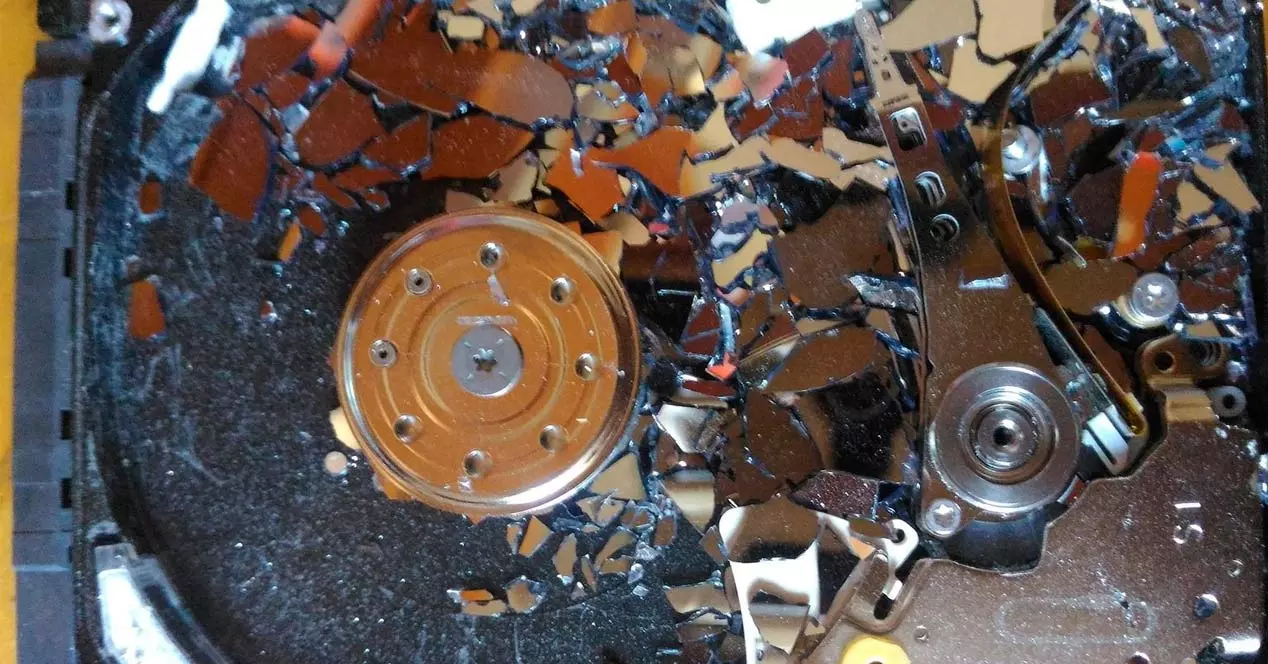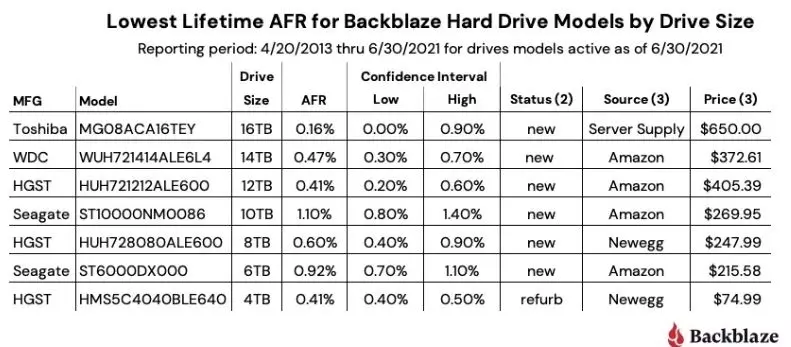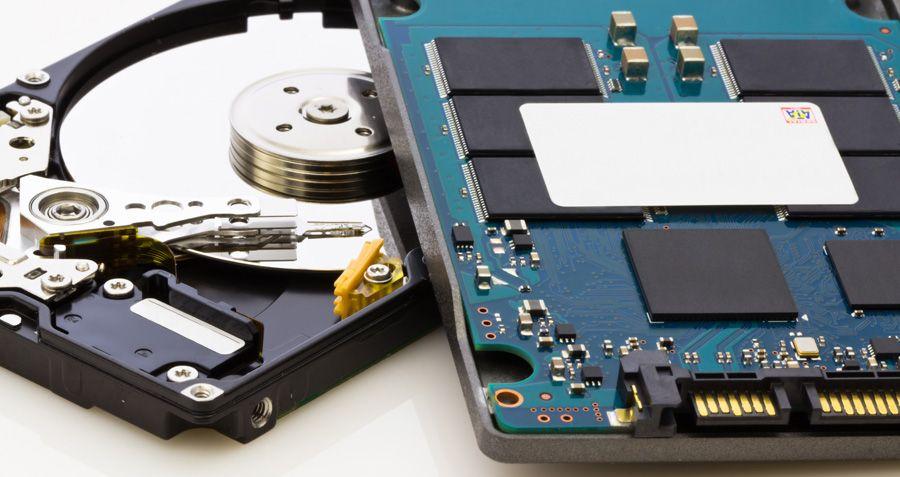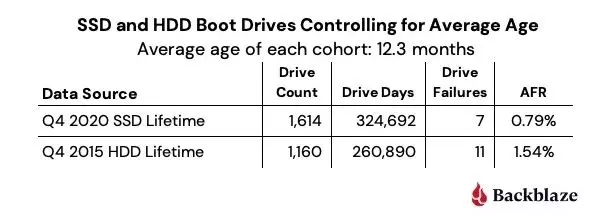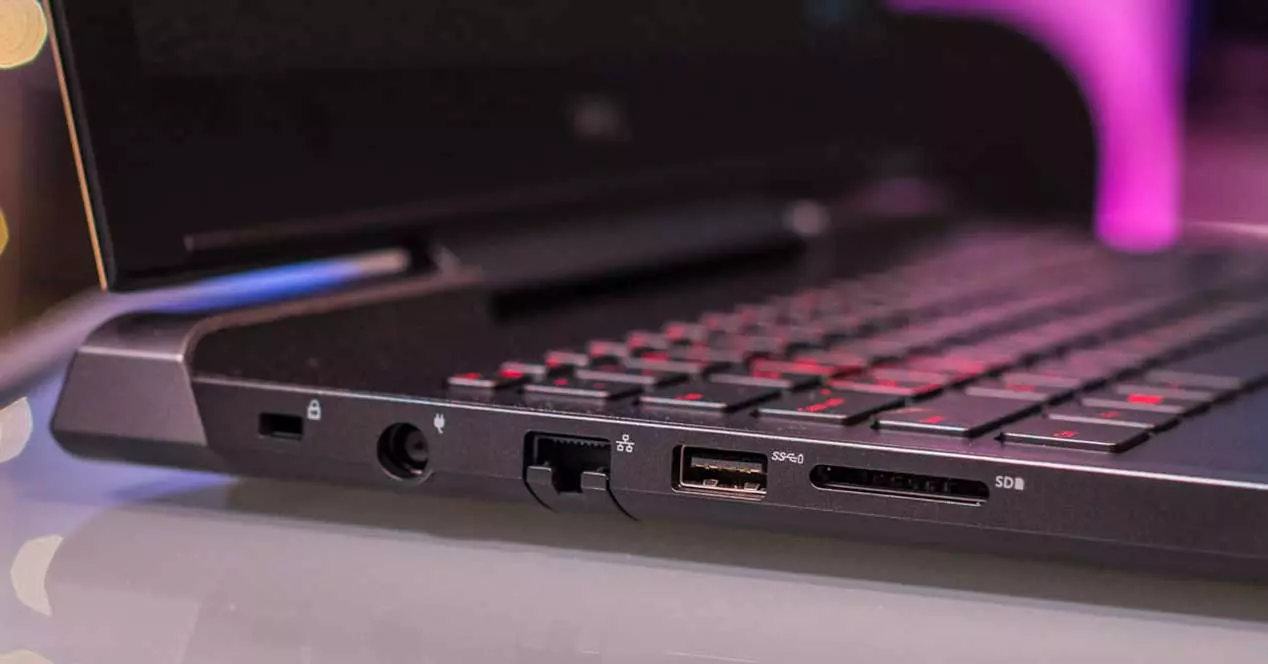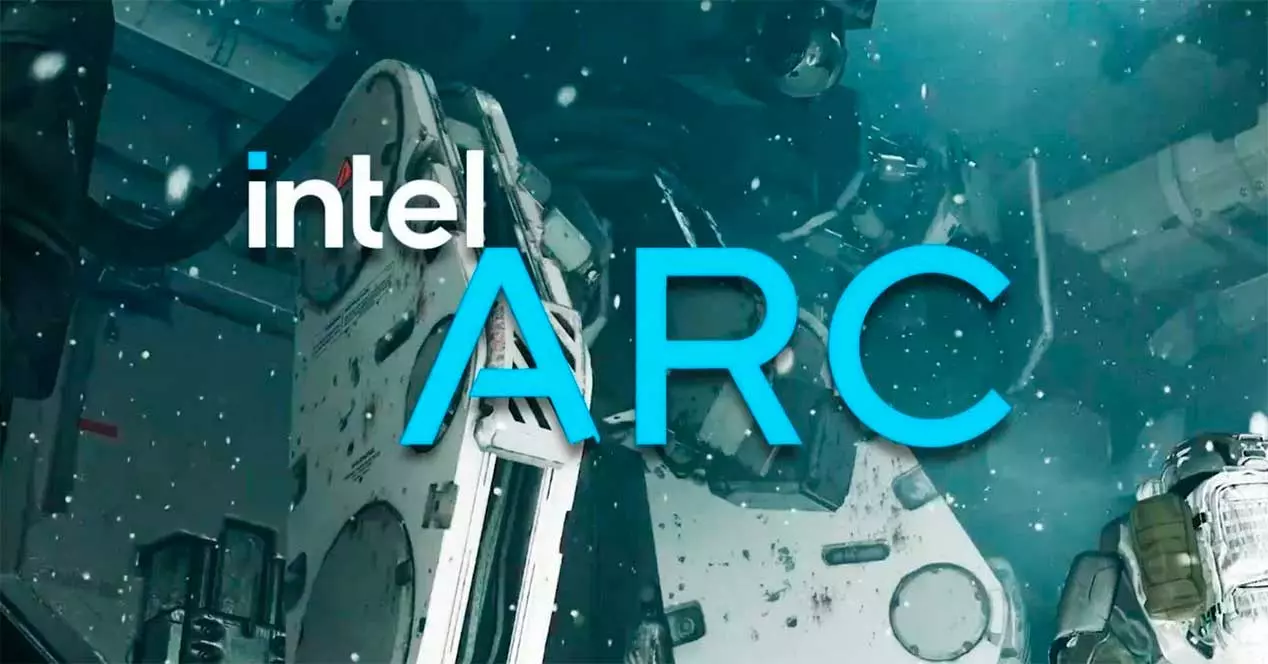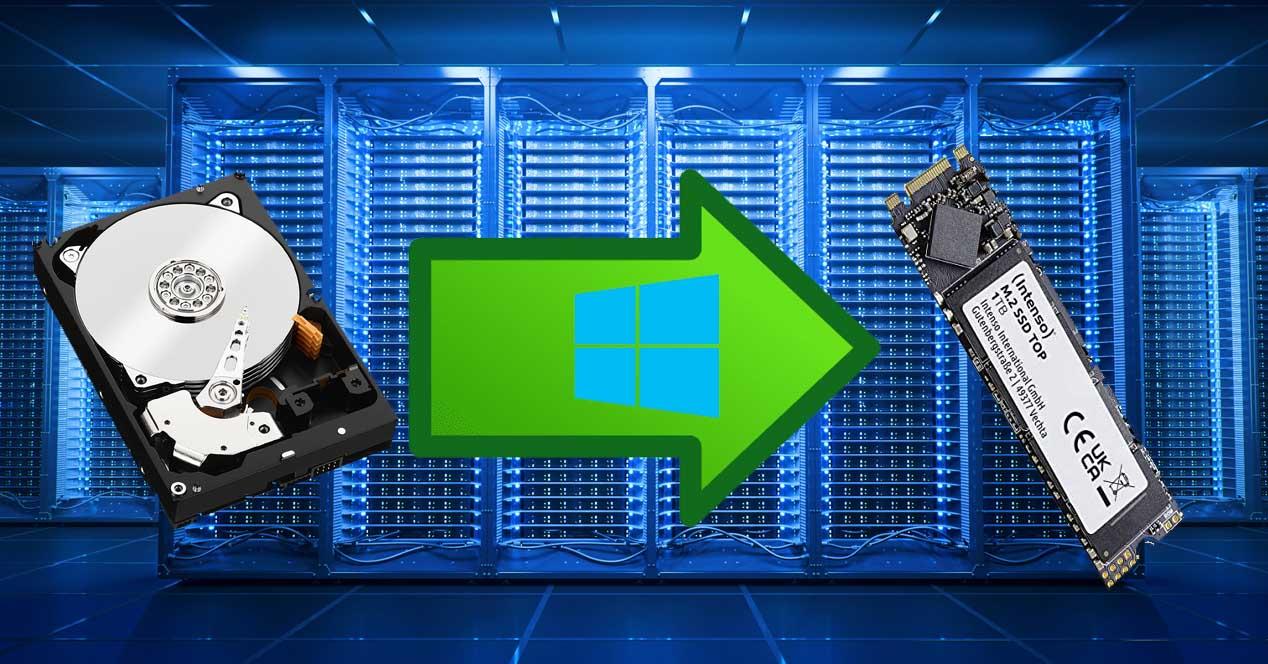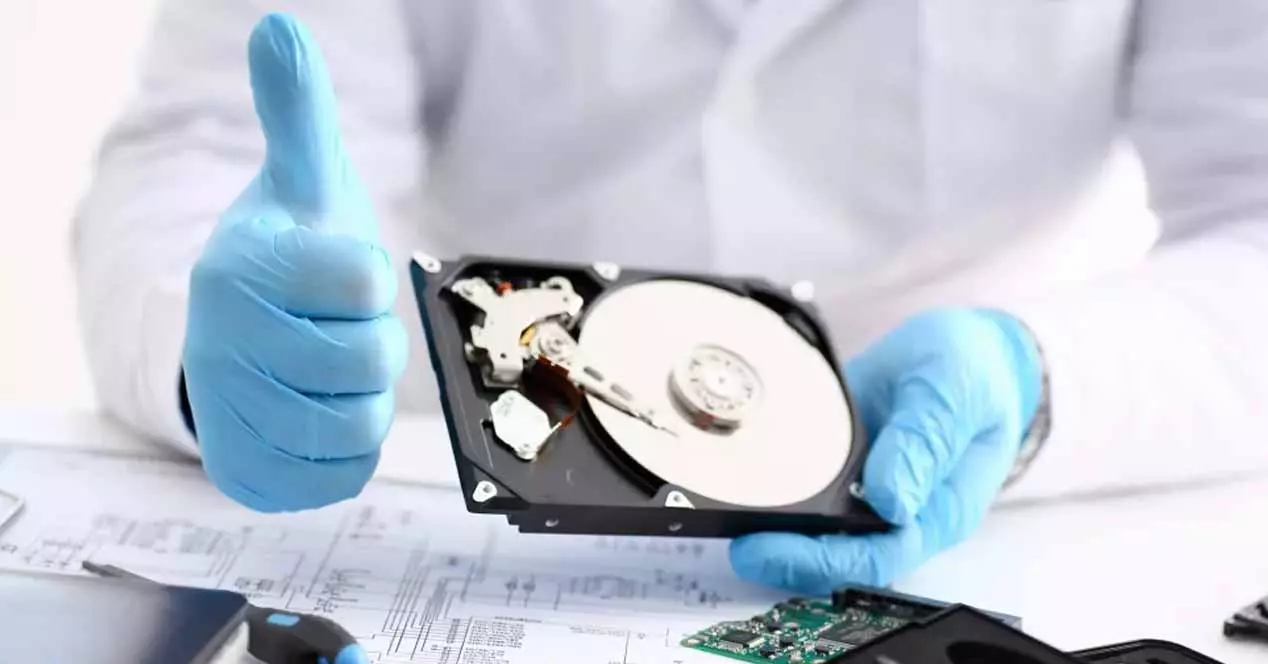
During its latest hard drive reliability report, Backblaze has flagged three models as not having failed them even once; However, we cannot take this to mean that these three models have absolute reliability, as there are also some warnings concrete for these particular three models, so let’s start at the beginning and see what the storage service company has to say about it.
The Hard Drive Models That Have Never Failed … For Now
The models in question are the Segate ST6000DX000, the HGST HUH721212ALE600 and the Western Digital WUH721816ALE6L0. Of these, only Seagate drives have been heavily utilized for more than two years, and the company has “only” collected data from 886 drives, a number that may seem bulky and good enough to get a statistic out of it, but it pales. compared to 177,935 units that have been examined in this last report, so here we have two of the caveats we were talking about.
However, the company also indicates that the performance of the Seagate it’s still remarkable because they’ve been in use for 74 months on average with a lifetime failure rate of 0.92%. The units WD Y HGST They have been in use for 3 and 21 months respectively, so their failure rates of 0% (WD) and 0.41% (HGST) could increase quite a bit as these units age.
In any case, these failure rates are still low compared to the average. Backblaze has said that the annual failure rate of all hard drives increased from 0.81% to 1.01% compared to the previous year: “The increase is within our confidence interval, but it is worth looking ahead because the older the hard drives are, the more likely they are to fail” – the company said in the report but without attributing the increase in the failure rate to anything in particular.
SSD vs hard drives, what type of drive is more likely to fail?
Backblaze has also updated its comparison of the failure rates of hard drives against SSDs, in this case not as storage units but as system units in which the operating system and other servers are located. The company stated that its first attempt at this comparison “It was not reliable as each type of unit was at a different point in its life cycle”, hence “He took the hard drive boot drives that were in use at the end of Q4 2020 and went back in time to see where their average age was and that days of use were the same as the average for SSDs.”
That led the company to examine hard drive boot drive information from late 2025, and found that “When we perform the exam using the same unit models, the same average age and a similar number of days of use” the failure rate of hard drives is multiplied by 10, ultimately making it more or less double than with SSDs.
In short, in this comparison we can draw the conclusion that hard drives fail about twice as much as SSDs when they are used as a server boot unit, that is, with a 24 × 7 power-up time but with a use that never or almost never puts the unit to work to the maximum of its capacities, since as we have mentioned before For this comparison, the system units have been taken into account and not those used for massive data storage, which are constantly working.
